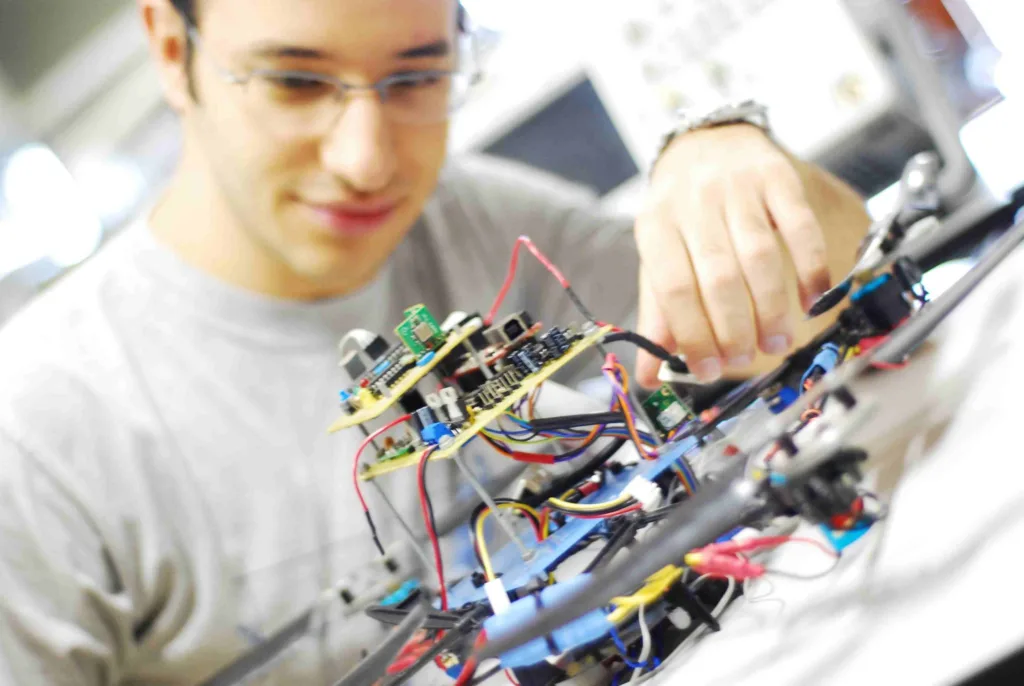Introduction
Long-distance relationships are a testament to the power of love transcending physical boundaries. However, despite the emotional connection, they face unique challenges. Understanding what What Kills Long-Distance Relationships is crucial for their survival.
Communication Breakdown: The Silent Killer
Communication is the lifeline of any relationship, but in long-distance relationships, it’s even more critical. Without regular, open, and honest communication, misunderstandings brew, leading to resentment and eventual breakdown.
Long-distance couples often face challenges in finding time to communicate due to different time zones, busy schedules, and technological barriers. This communication gap can slowly erode the foundation of trust and intimacy, leading to the demise of the relationship.
Trust Issues: The Poisonous Seed
Trust forms the bedrock of every successful relationship, but distance can strain even the strongest bonds of trust. When partners are miles apart, insecurities and doubts can creep in, fueled by the lack of physical presence and the temptation of unknown variables.
Without trust, jealousy and paranoia can poison the relationship, causing unnecessary conflicts and driving a wedge between partners. Rebuilding trust becomes an uphill battle, often with no clear resolution in sight.
Growing Apart: The Slow Drift
Long-distance relationships require conscious effort to stay connected and involved in each other’s lives. However, as time passes and daily routines diverge, partners may find themselves growing apart, both emotionally and mentally.
The lack of shared experiences and physical presence can lead to feelings of isolation and loneliness, causing individuals to seek solace elsewhere. Over time, this emotional disconnect can widen the gap between partners, making it challenging to bridge the divide.
Neglecting Emotional Needs: The Unspoken Void
In the hustle and bustle of daily life, it’s easy to overlook the emotional needs of a partner, especially when they’re not physically present. Simple gestures of affection, reassurance, and support can go a long way in nurturing the relationship, but distance often makes them easy to neglect.
Without regular expressions of love and affection, partners may feel neglected or unimportant, leading to feelings of resentment and emotional detachment. Addressing these unspoken needs is crucial for maintaining a strong emotional connection in a long-distance relationship.
External Influences: The Intruding Forces
Long-distance relationships are susceptible to external influences that can strain the bond between partners. Whether it’s meddling friends and family, career opportunities in different locations, or cultural differences, these factors can add complexity to an already challenging dynamic.
Navigating these external influences requires open communication, mutual understanding, and unwavering support from both partners. However, failing to address these issues can create tension and conflict, making it difficult to sustain the relationship in the long run.
Mismatched Expectations: The Silent Divide
Every relationship comes with its own set of expectations, but in a long-distance setup, these expectations can become a source of contention. Differences in communication styles, frequency of contact, and future plans can create a silent divide between partners, leading to frustration and disappointment.
Setting realistic expectations and having honest conversations about needs and boundaries is essential for bridging this gap. However, failing to address these mismatched expectations can breed resentment and dissatisfaction, ultimately undermining the relationship.
Financial Strain: The Hidden Burden
Long-distance relationships often come with financial implications, from the cost of travel to maintaining separate households. For some couples, these financial burdens can become a significant source of stress and strain on the relationship.
Balancing financial responsibilities while nurturing the emotional connection requires careful planning and budgeting. However, overlooking the financial aspect can lead to conflicts and disagreements, further exacerbating the challenges of a long-distance relationship.
Insecurity and Fears: The Silent Saboteurs
Insecurity and fear are common emotions in any relationship, but they can be magnified in a long-distance setup. The fear of abandonment, the insecurity of not being enough, and the uncertainty of the future can all take a toll on partners’ mental and emotional well-being.
Addressing these insecurities and fears requires open and honest communication, reassurance, and a commitment to working through challenges together. However, allowing these silent saboteurs to fester can create unnecessary tension and strain on the relationship.
Cultural and Social Differences: The Unspoken Divide
Cultural and social differences can add richness and diversity to a relationship, but they can also become sources of conflict and misunderstanding, particularly in a long-distance setup. Varied cultural norms, beliefs, and traditions can create barriers to communication and connection, leading to feelings of alienation and isolation.
Navigating these differences requires empathy, respect, and a willingness to learn and adapt. However, failing to acknowledge and address these cultural and social divides can drive a wedge between partners, making it difficult to find common ground.
Infidelity and Temptation: The Silent Temptress
Long-distance relationships can sometimes create opportunities for infidelity and temptation, as partners are physically separated for extended periods. The allure of new experiences, the thrill of forbidden connections, and the absence of immediate consequences can make it tempting to stray from the relationship.
Building trust and commitment in a long-distance relationship requires transparency, honesty, and fidelity. However, ignoring the potential for infidelity and temptation can leave the relationship vulnerable to betrayal and heartbreak.
Lack of Physical Intimacy: The Silent Longing
Physical intimacy plays a crucial role in bonding and connecting partners in a relationship, but it can be challenging to maintain in a long-distance setup. The absence of physical touch, affection, and closeness can leave partners feeling emotionally disconnected and longing for intimacy.
Finding creative ways to express physical affection and closeness, such as video calls, care packages, and surprise visits, can help bridge the gap. However, neglecting the need for physical intimacy can leave partners feeling unfulfilled and dissatisfied, straining the relationship.
Conclusion
Long-distance relationships are not without their challenges, but with open communication, trust, and commitment, they can thrive despite the distance. By understanding and addressing the silent threats that lurk beneath the surface, couples can strengthen their bond and build a lasting connection that transcends miles.
FAQs
- How can couples maintain trust in a long-distance relationship? Building trust in a long-distance relationship requires open communication, transparency, and consistency. Regularly sharing thoughts, feelings, and experiences can help partners feel connected and secure in the relationship.
- What are some practical tips for managing a long-distance relationship? Some practical tips for managing a long-distance relationship include scheduling regular communication, setting goals for the future, planning visits, and finding ways to stay emotionally connected.
- How do cultural differences impact long-distance relationships? Cultural differences can impact long-distance relationships by influencing communication styles, expectations, and conflict resolution strategies. It’s essential for partners to approach these differences with empathy, respect, and a willingness to learn from each other.
- What are the signs that a long-distance relationship may be in trouble? Signs that a long-distance relationship may be in trouble include decreased communication, lack of trust, frequent arguments, emotional distance, and feelings of dissatisfaction or unhappiness.
- How can couples overcome jealousy in a long-distance relationship? Overcoming jealousy in a long-distance relationship requires open and honest communication, building trust, addressing insecurities, and setting boundaries. It’s essential for partners to support each other and work together to build a strong foundation of trust.
- What role does technology play in maintaining a long-distance relationship? Technology plays a vital role in maintaining a long-distance relationship by providing various tools for communication and connection, such as video calls, messaging apps, and social media. Embracing technology can help partners feel closer despite the physical distance.



